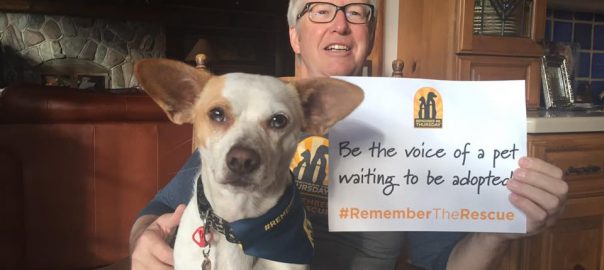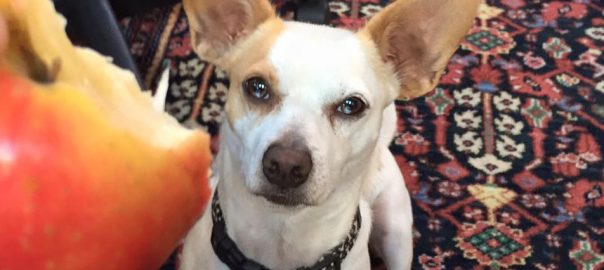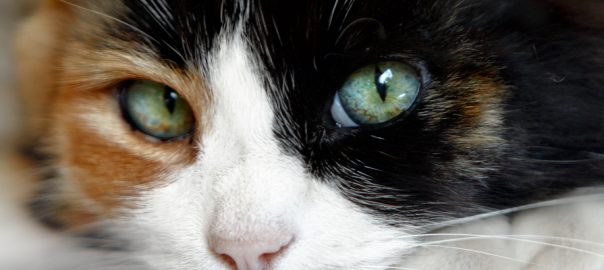I’ve read some great pet books this summer (mostly on airplanes!). Here are some happy tales about happy tails that I think you’ll enjoy; I know I did!
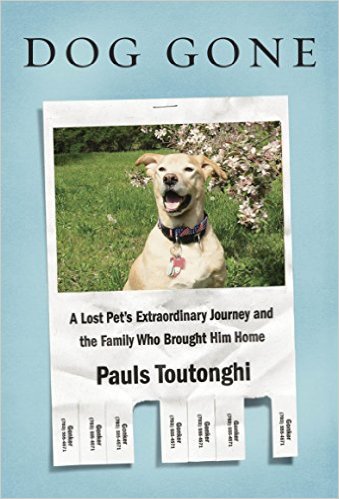 Dog Gone: A Lost Pet’s Extraordinary Journey and the Family Who Brought Him Home
Dog Gone: A Lost Pet’s Extraordinary Journey and the Family Who Brought Him Home
By Pauls Toutonghi
A real nail-biter about a Goldern Retriever named Gonker lost on a hike on the on the Appalachian Trail. Gonker has Addison’s Disease and will die in less than a month without his medication.
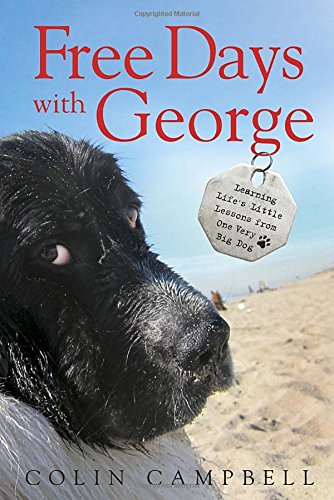 Free Days With George: Learning Life’s Little Lessons from One Very Big Dog
Free Days With George: Learning Life’s Little Lessons from One Very Big Dog
By Colin Campbell
The author’s wife left him. Shattered, he adopts a dog who is highly traumatized, and moves to Los Angeles, where both take up surfing and learn to trust again.
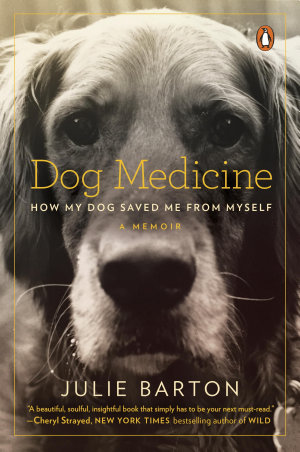 Dog Medicine: How My Dog Saved Me From Myself
Dog Medicine: How My Dog Saved Me From Myself
By Julie Barton
This is a perfect example of the healing power of pets. A poignant memoir by a young woman who literally collapses from severe depression with nothing giving her relief until she got a puppy named Bunker. A real tear-jerker, this one!
 Run, Spot, Run: The Ethics of Keeping Pets
Run, Spot, Run: The Ethics of Keeping Pets
By Jessica Pierce
A thoughtful look at the ethics of keeping pets. It fits in with Fear Free in a lot of ways because it points out the importance of looking after the emotional wellbeing of pets (more enrichment, too).

